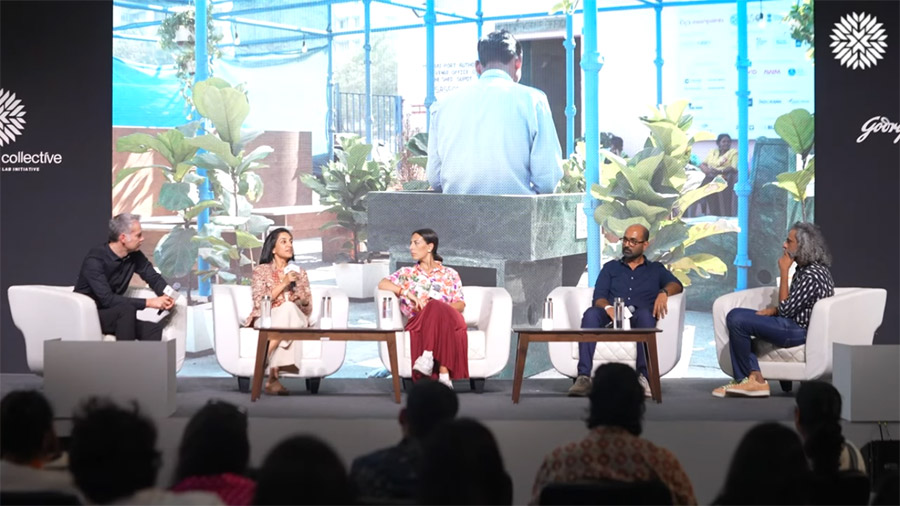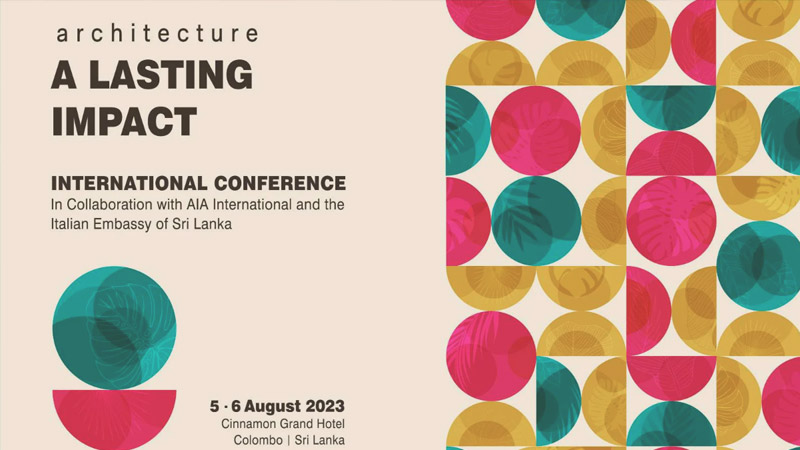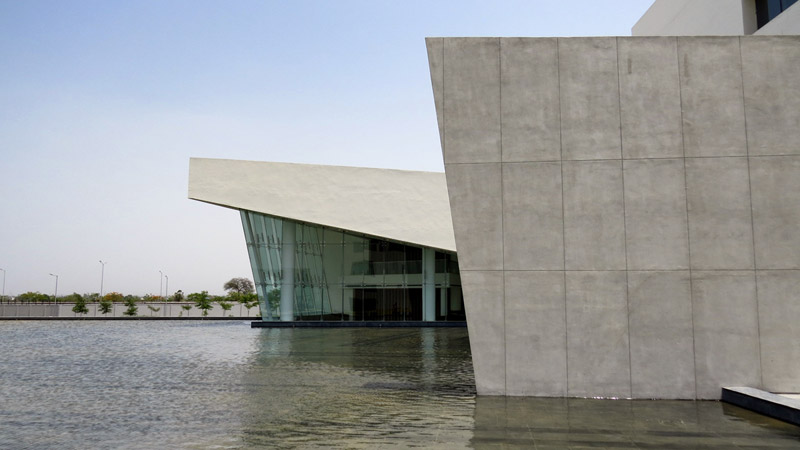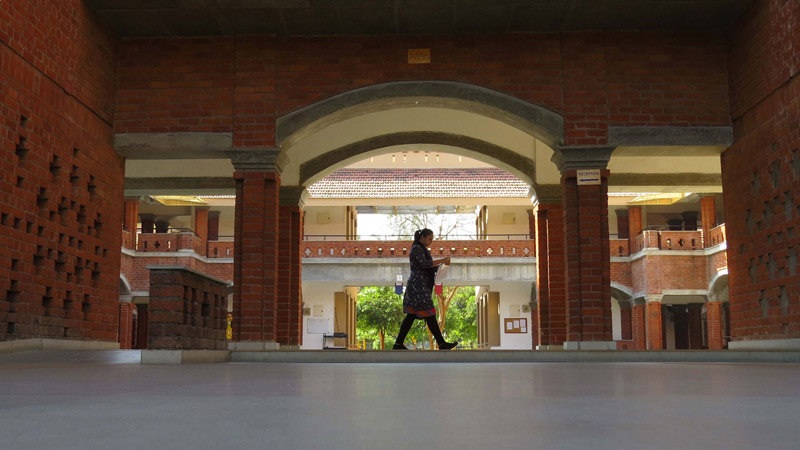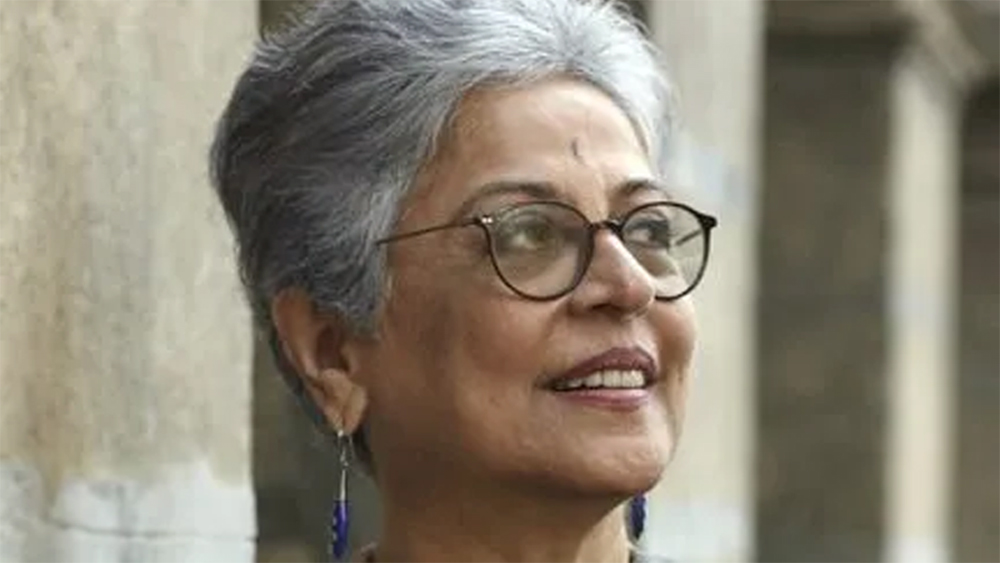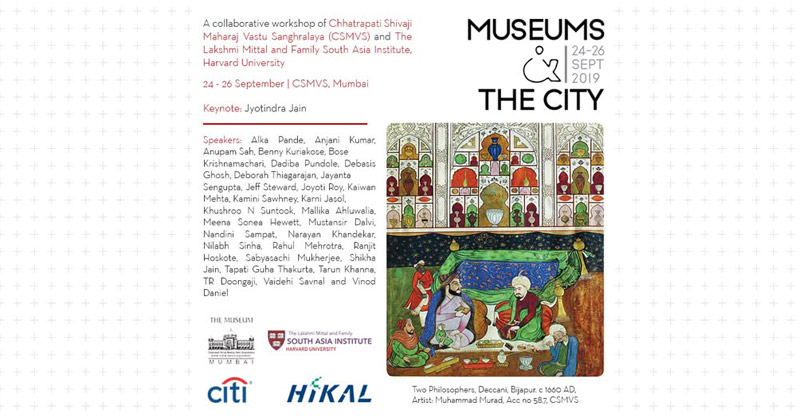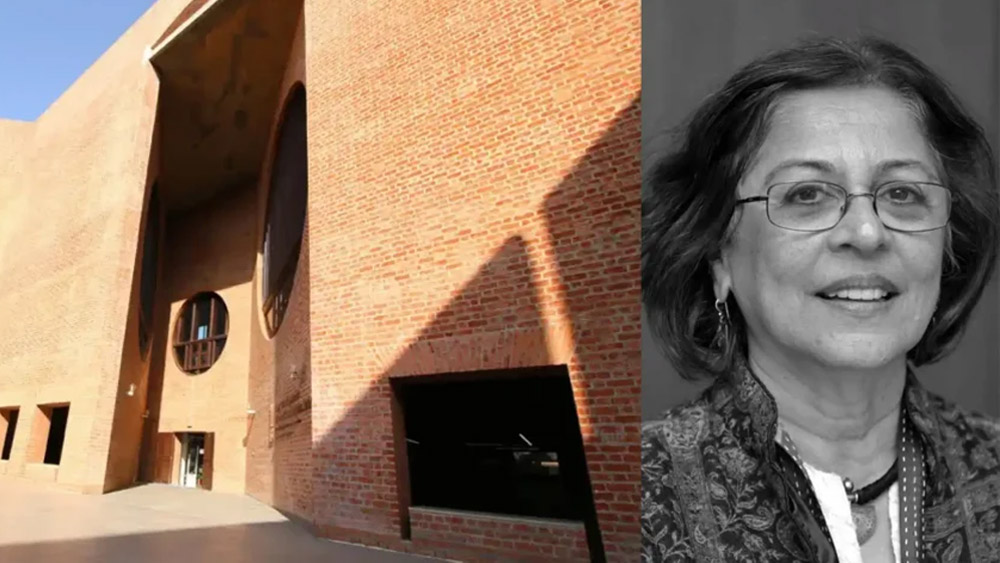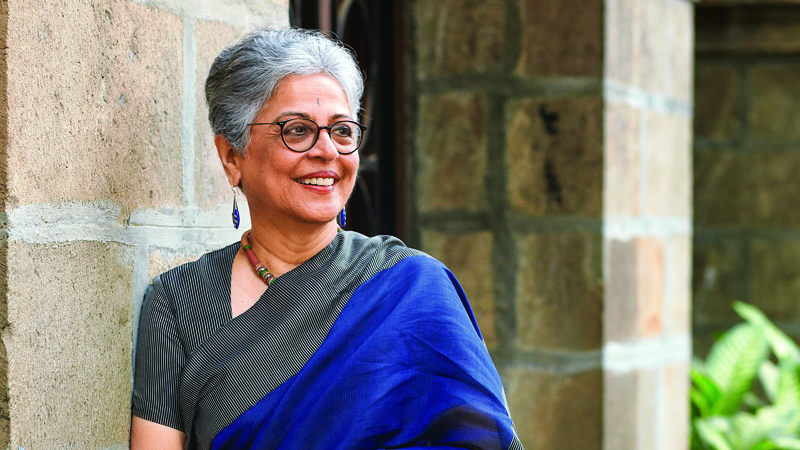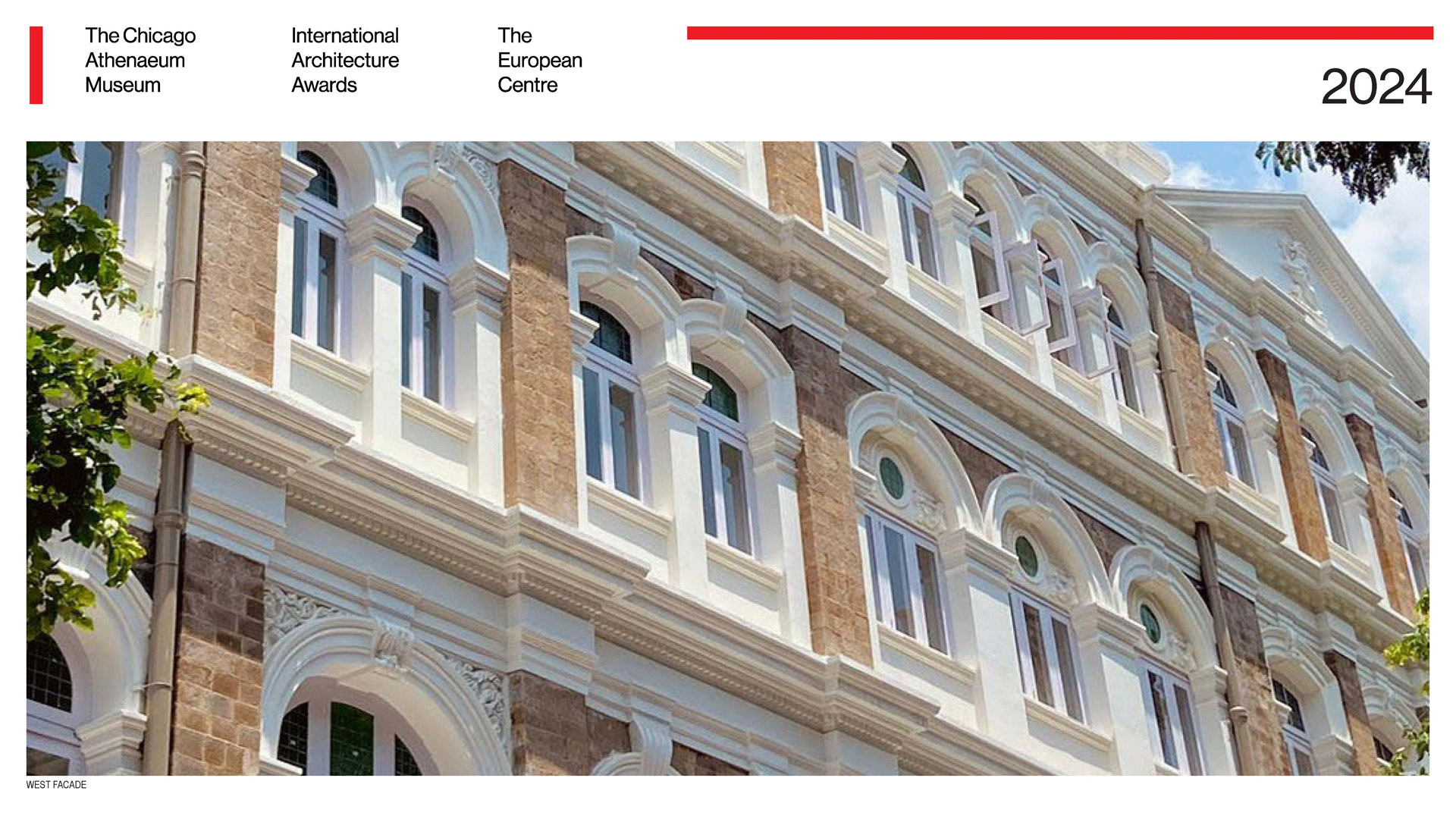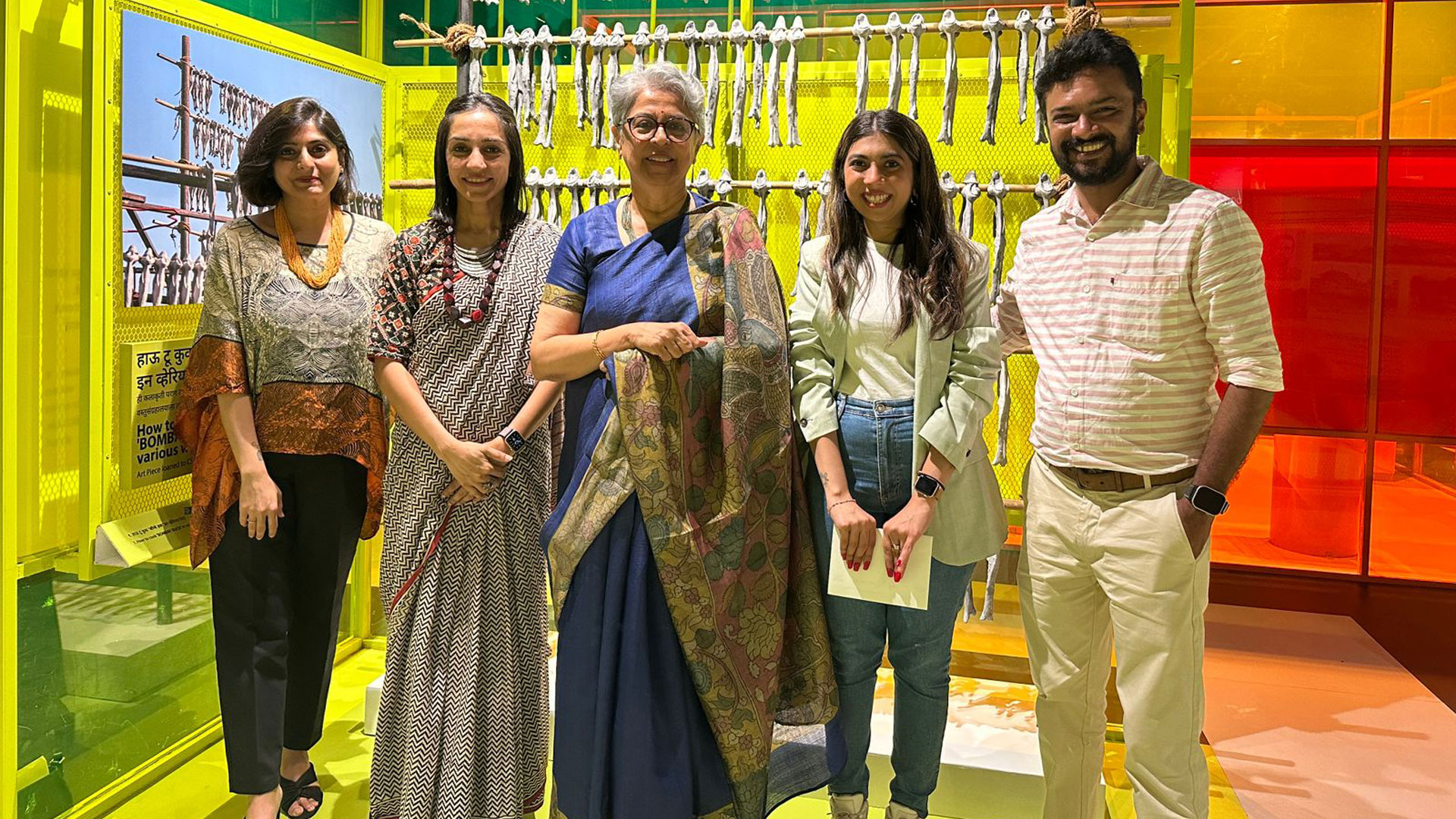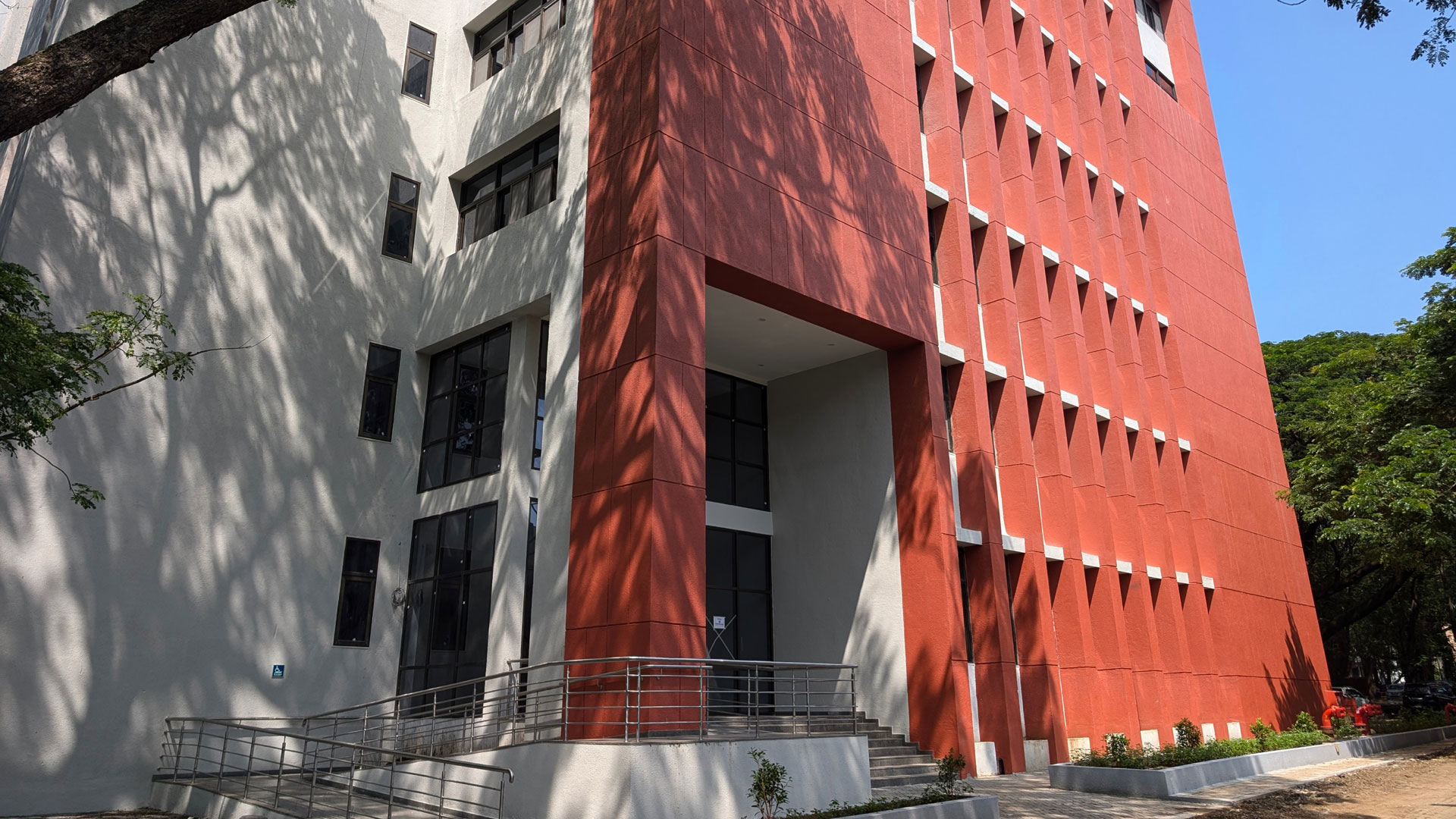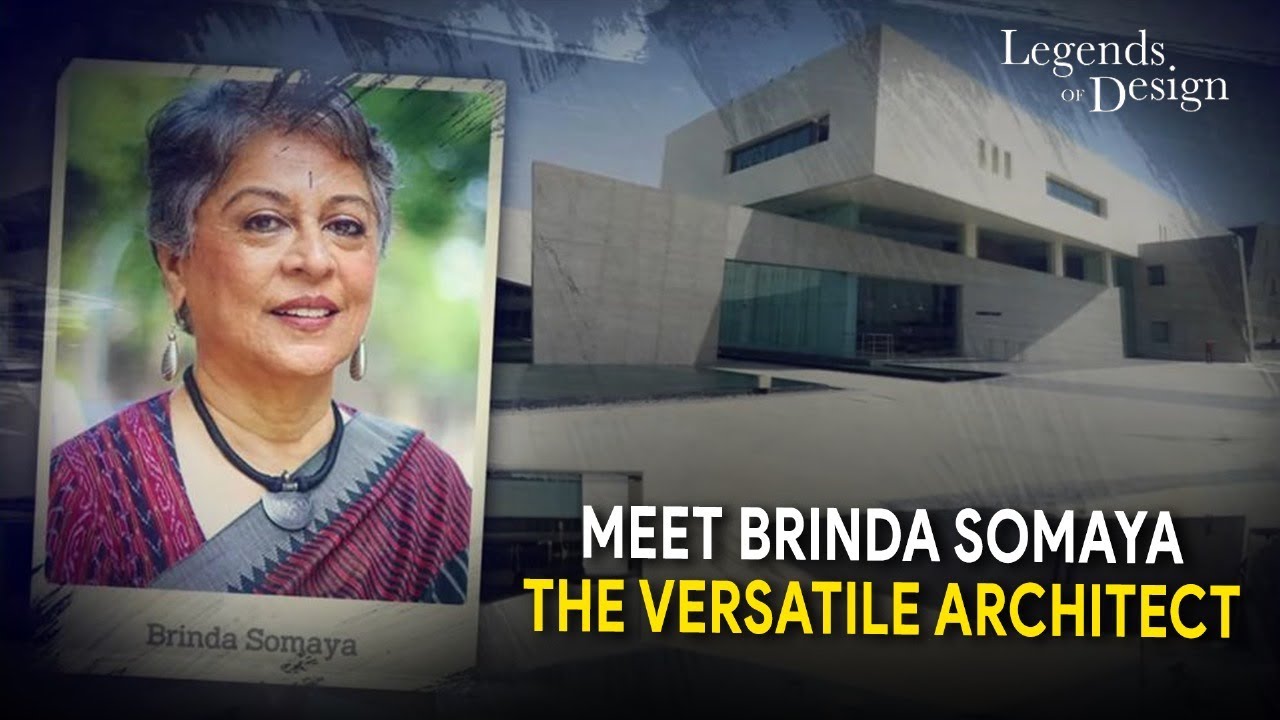-
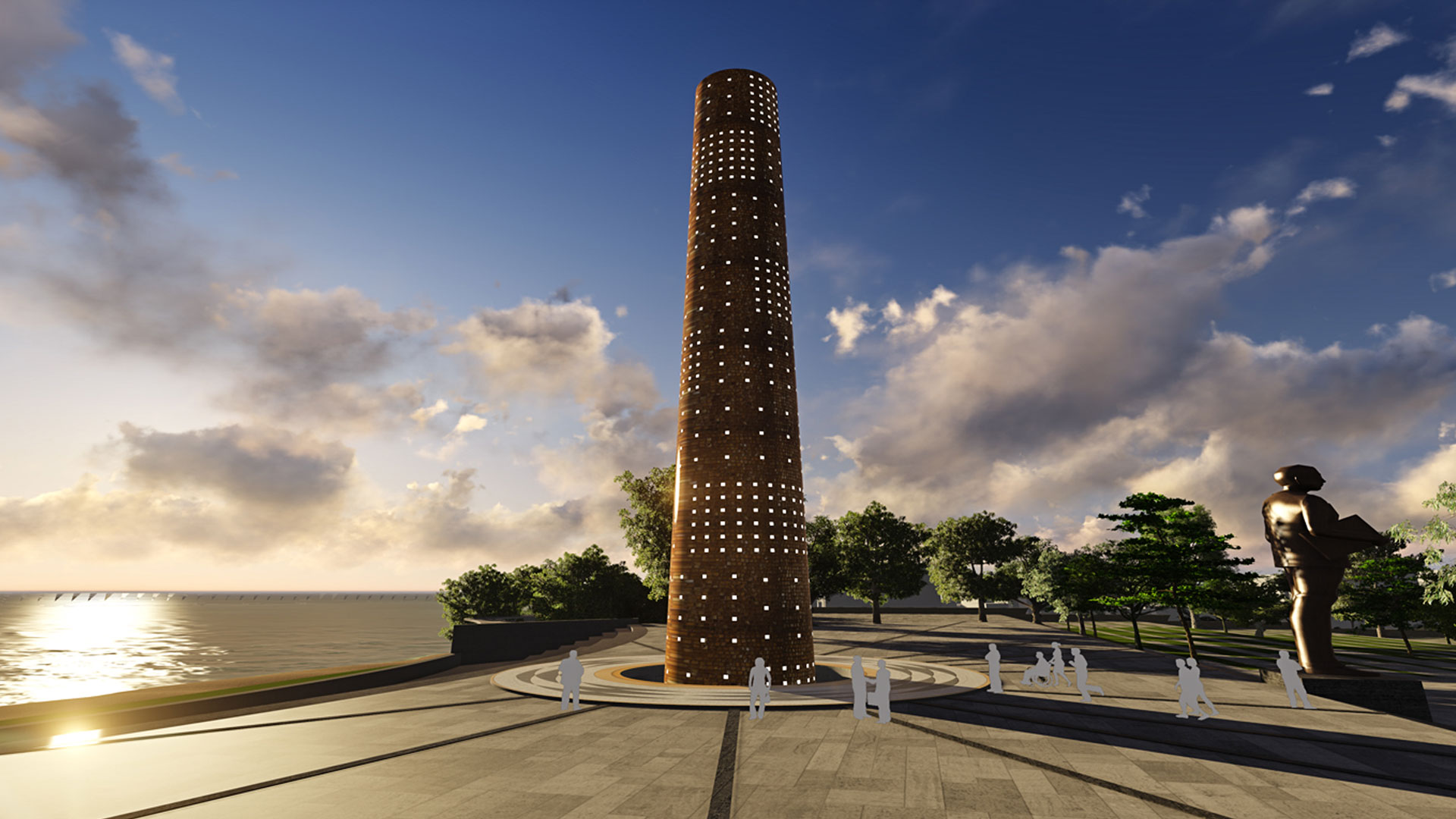 MumbaiAmbedkar Memorial
MumbaiAmbedkar Memorial
A journey of self-reflection and enlightenment
The proposal, ATMABHAN, is a testament to Babasaheb Ambedkar’s life and beliefs, conceptualized in collaboration with James Polshek. AMTABHAN develops a memorable and inspiring experience, as well as a visual, intellectual, and physical journey.
A national venue for millions that visit Chaitya Bhoomi during Ambedkar Jayanti and a permanent venue for Mumbaikars who deserve a vibrant public space in the form of a plaza that will incorporate a new civic centre, and a tranquil destination designed for discovery of the self.
LOCATION
Mumbai, Maharashtra
SITE AREA
12 Acres
YEAR OF COMPLETION
2014 (Competition Entry)
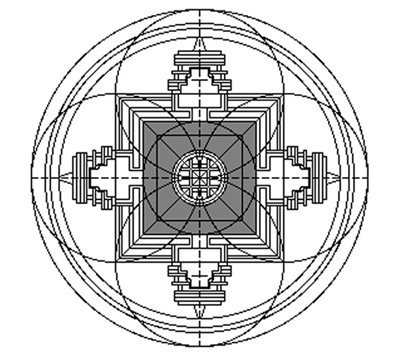
The project draws inspiration from the ancient Mandala—more than a simple circle, it is a sacred vessel of profound truth. By embodying its geometric sanctity, the design will invite exploration through the layers of perception, guiding souls toward elevated realms of consciousness and enlightenment.
Babasaheb led the liberation movement under the belief that "lost rights are never regained by appeals to the conscience of the usurpers, but by relentless struggle…"
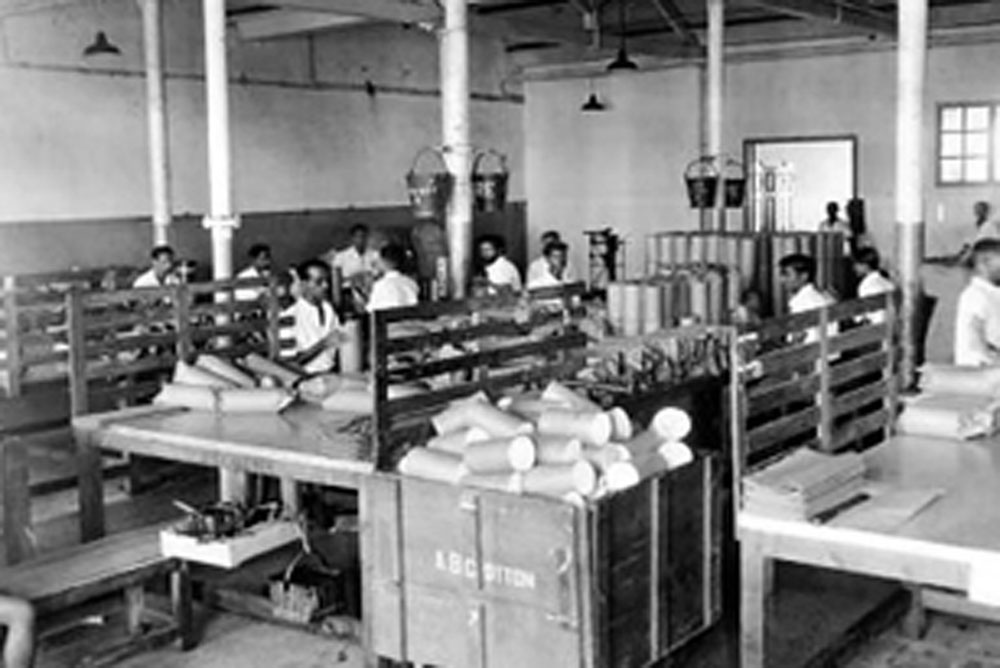
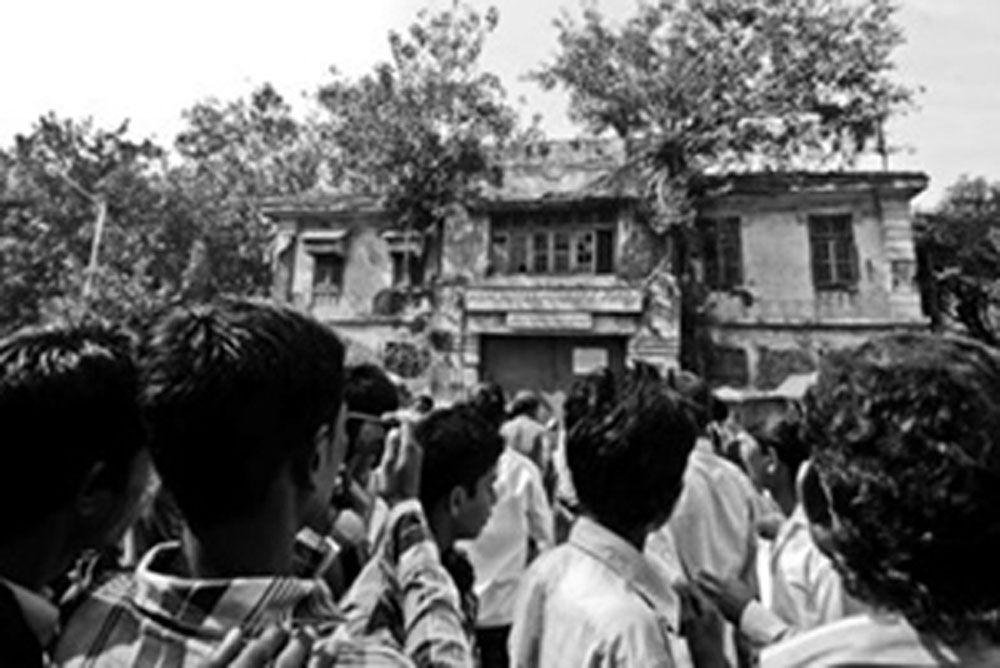
The hardships, trials and tribulations, teachings and scholarly wisdom of his life journey must be celebrated so that one can attain Salvation by experiencing the former but ultimately everyone's journey is their own. In Babasaheb’s words - “We must shape our course ourselves and by ourselves”.
Babasaheb Ambedkar opposed hero-worship, arguing it undermines "intelligence to think and independence to act." The memorial design will reflect this by creating large, open spaces that encourage critical thinking and personal reflection, rather than simple veneration.
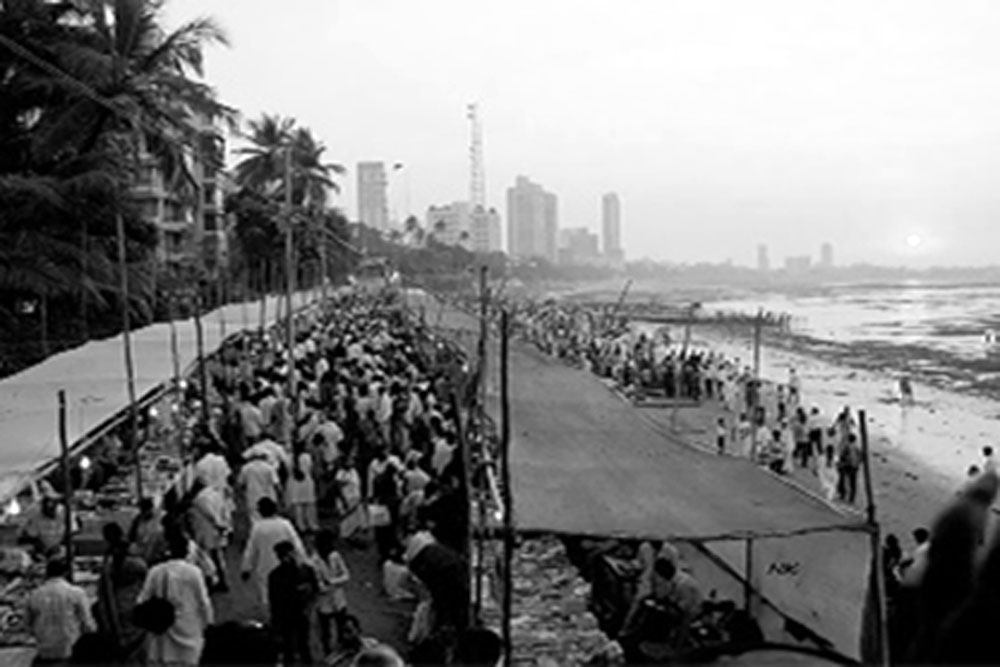
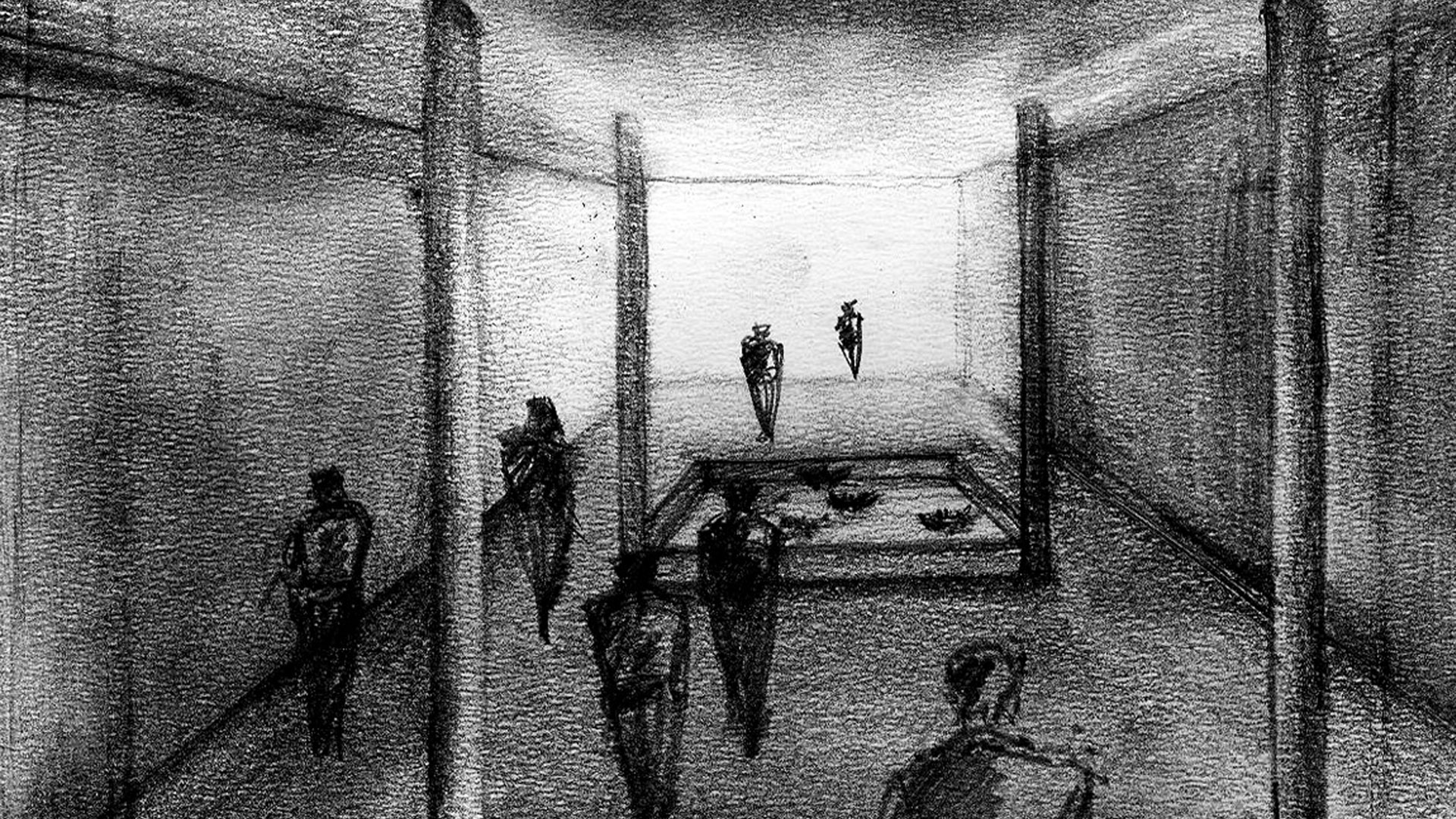
The duality lies in the journey that occurs simultaneously on the ‘lower plaza’ where the journey of BABASAHEB is shared and leads to the understanding of the inner self.

Indu Mills holds profound historical importance. Babasaheb, a champion of mill workers' rights, engaged deeply with industrial workers and labour unions while teaching at government law college, and serving in the bombay legislature.

The base plans shows the connectivity between the memorial site, Chaitya Bhoomi, and Shivaji Park, integrating significant locations within the urban context. The circulation plan maps travel times and distances for pedestrians and cyclists, including connections between Indu Mill and Chaitya Bhoomi, to optimize accessibility and movement. Additionally, the building heights map outlines the surrounding structures' elevations, providing crucial data on views and sightlines to inform design decisions.
Set on a 4.84-hectare site, it will maintain strong connectivity with Chaitya Bhoomi and Shivaji Park, creating a cohesive urban context. The plan emphasizes maximizing the site's extensive space to comfortably and safely accommodate the high-density annual congregations. By integrating existing historic elements, the design will honour the rich legacy of the past while providing a meaningful space for reflection and gathering. This approach ensures the memorial not only serves its functional purpose but also resonates deeply with its historical significance. The result will be a space that bridges historical reverence with contemporary needs.
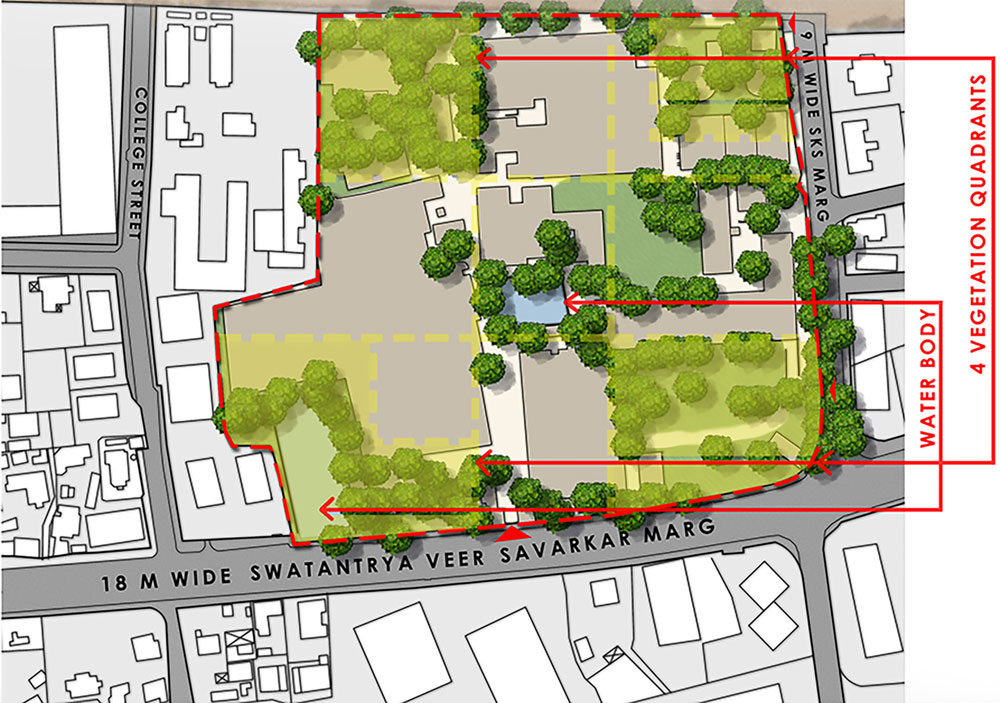

The Mandala serves as the foundational blueprint for the master plan. Its construction is often regarded as a meditative process, marking the initial phase in designing the pathway to Atmabhan. Sacred geometric principles are further emphasized through the integration of Lord Buddha.

The head of Lord Buddha, positioned at the centre of the area, is superimposed to delineate the principles of sacred geometry. This central placement not only anchors the design but also symbolizes the convergence of spiritual insight and geometric precision, reinforcing the project's commitment to integrating sacred principles into its architectural framework.
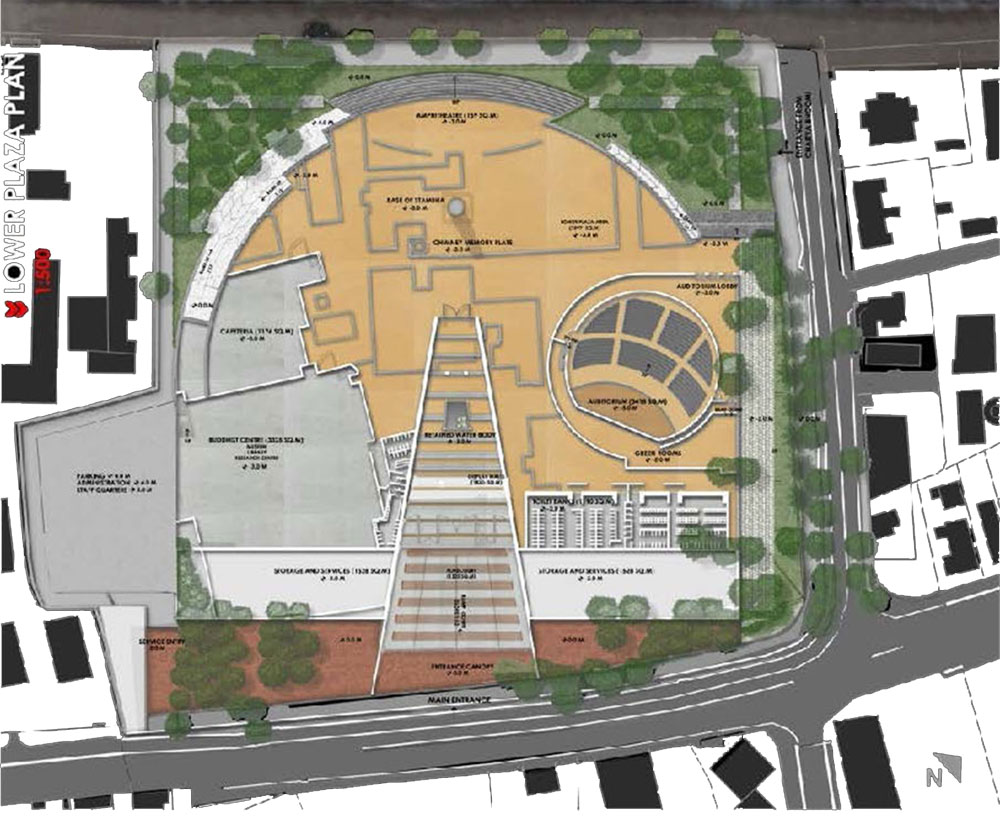
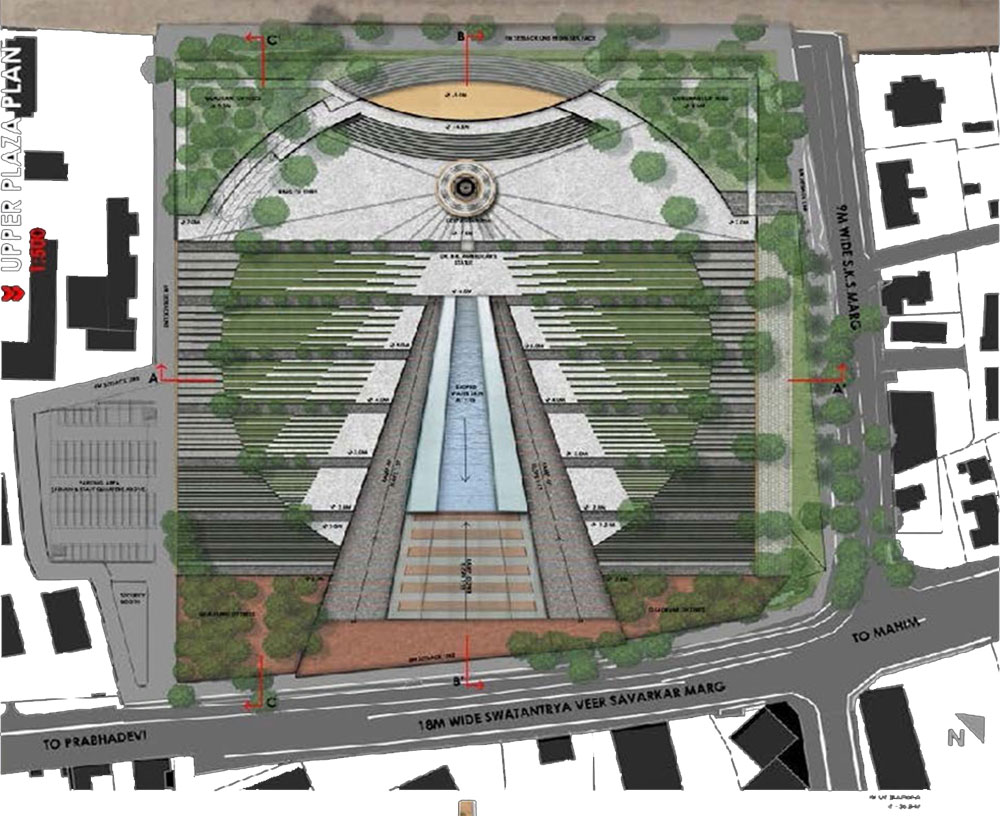
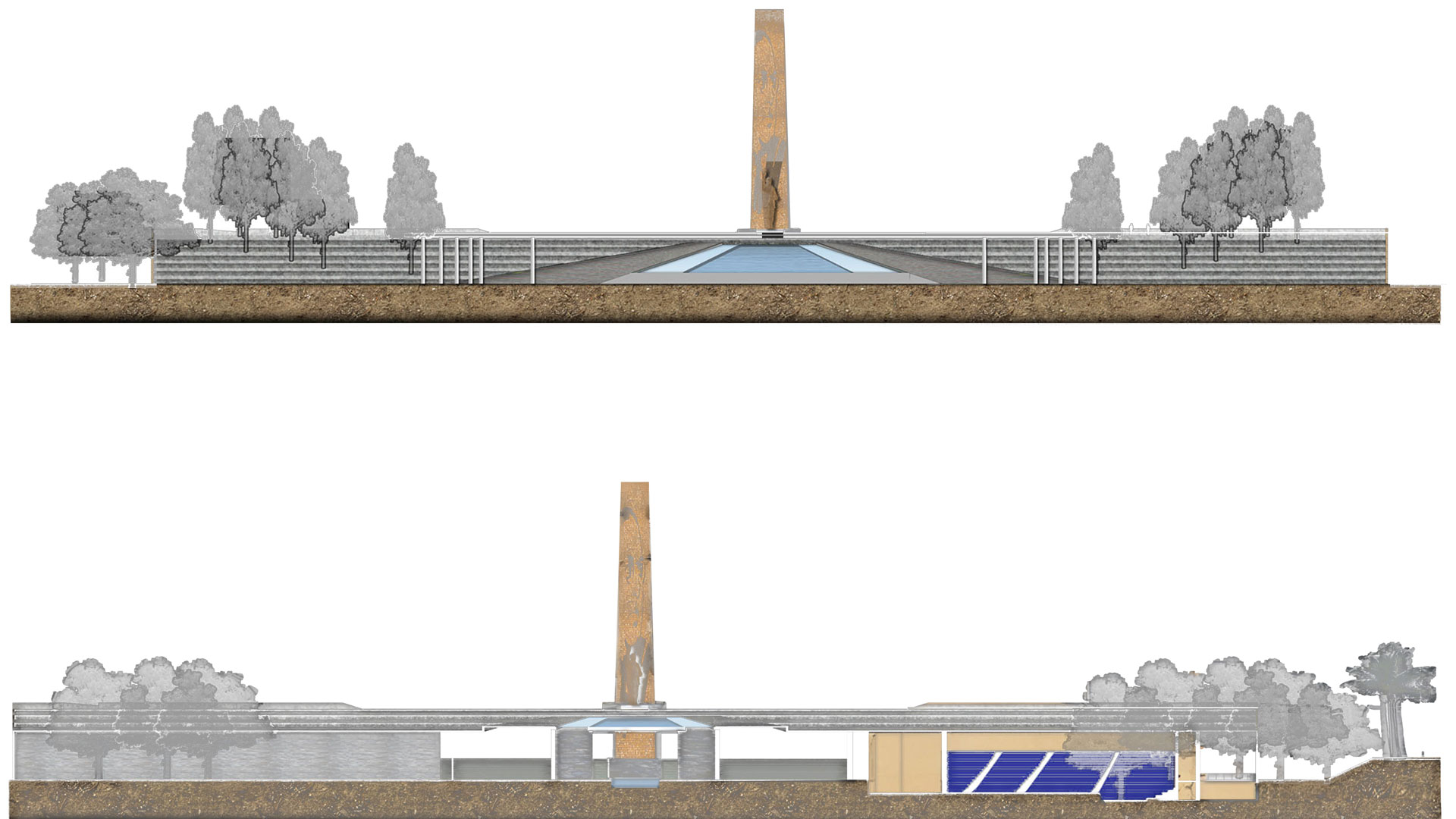
The journey of darkness to light is introduced on two levels – the ‘lower plaza’ and the ‘upper plaza’. The individual’s journey on the ‘upper plaza’ will lead to enlightenment and understanding of the inner self or consciousness. As an individual ascends through the 7 layers of the upper plaza, each LAYER representing the seven steps of Baby Lord Buddha, culminating into enlightenment
The Historic Footprints of the old mill structures are embedded on this level, reflecting a deep architectural connection to the past. These footprints commemorate the journey and revolution of millworkers, intimately tied to Babasaheb's legacy. This integration highlights the enduring impact of his advocacy and the historical significance of the millworkers' struggle.
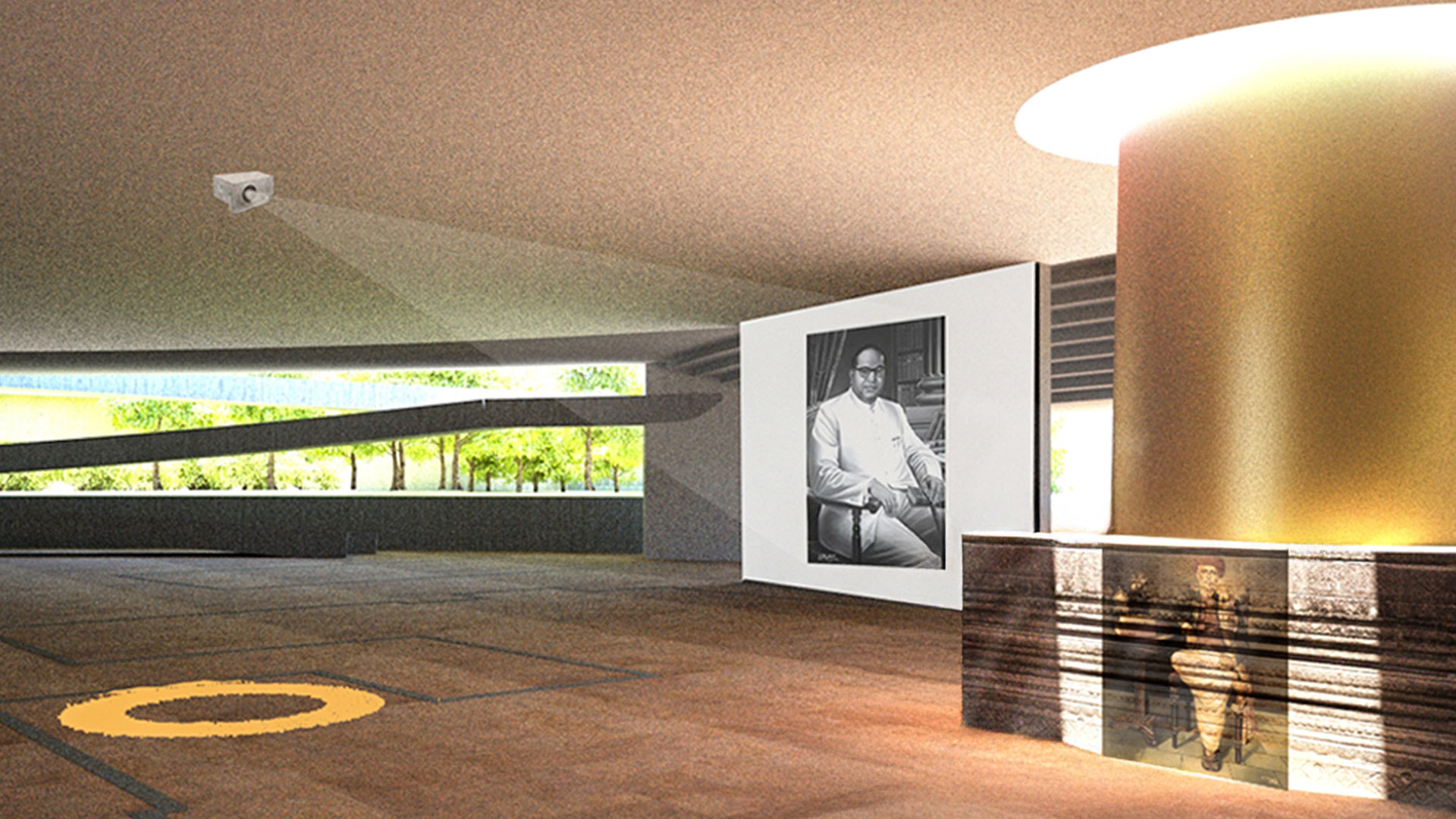
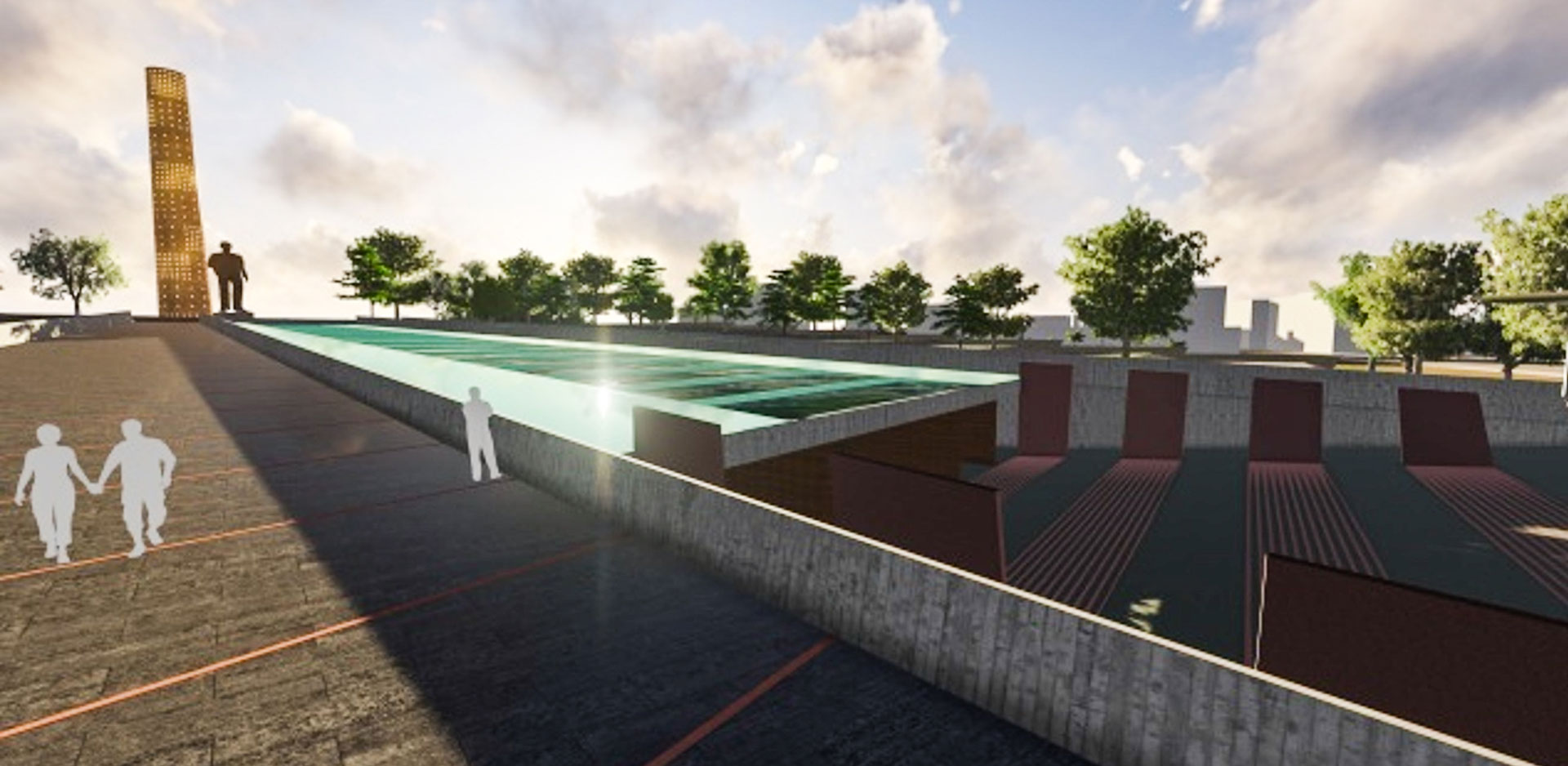
Ultimately, both paths converge at the Stambh and the statue of Babasaheb Ambedkar, symbolizing the culmination of the journey. Here, individuals reach the state of Atmabhan, a profound realization of self and enlightenment. This convergence represents the successful integration of their spiritual and intellectual pursuits.
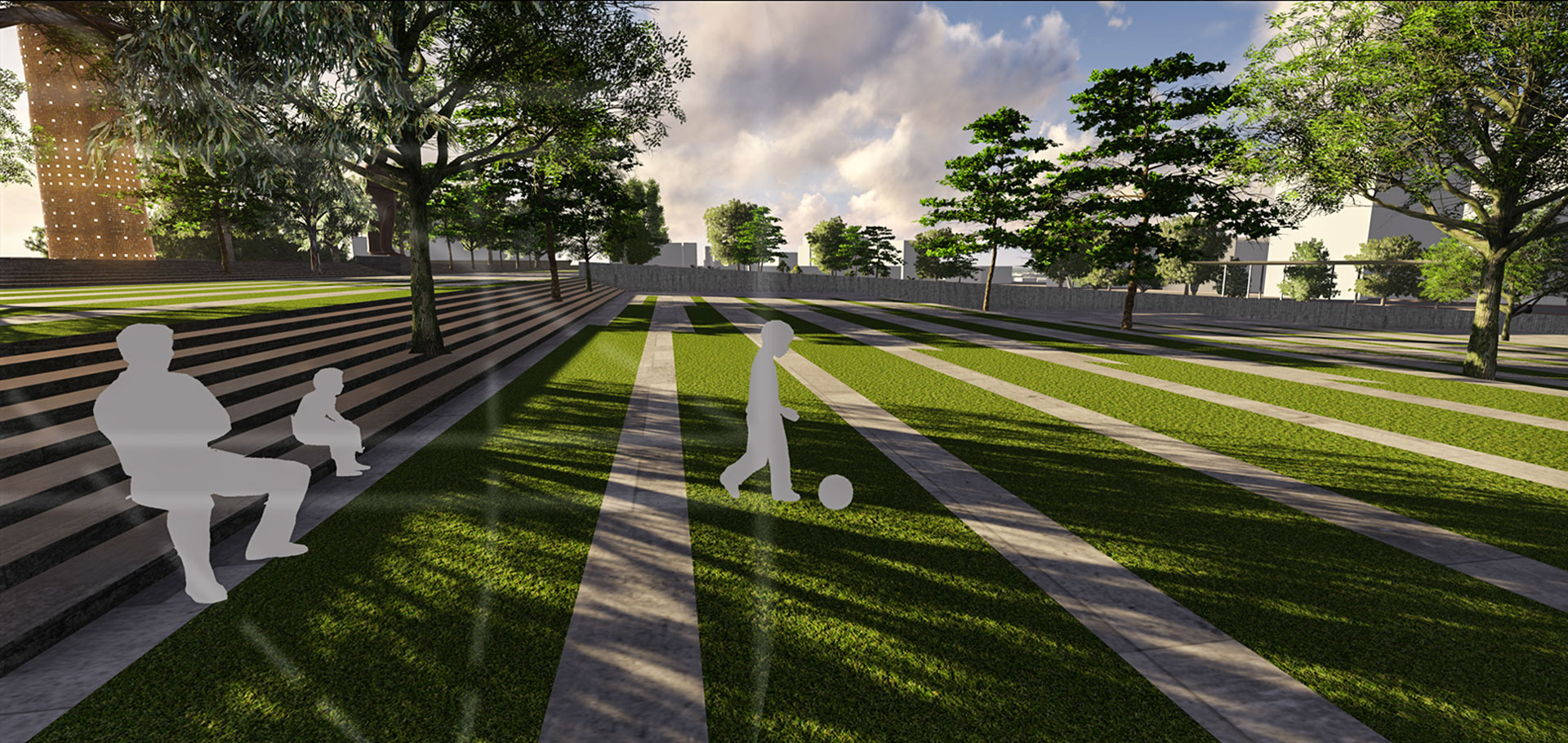
In the grand expanse of the memorial, where historic footprints blend with sacred geometry, the journey from darkness to light unfolds, inviting reflection and awakening beneath the watchful presence of Ambedkar.

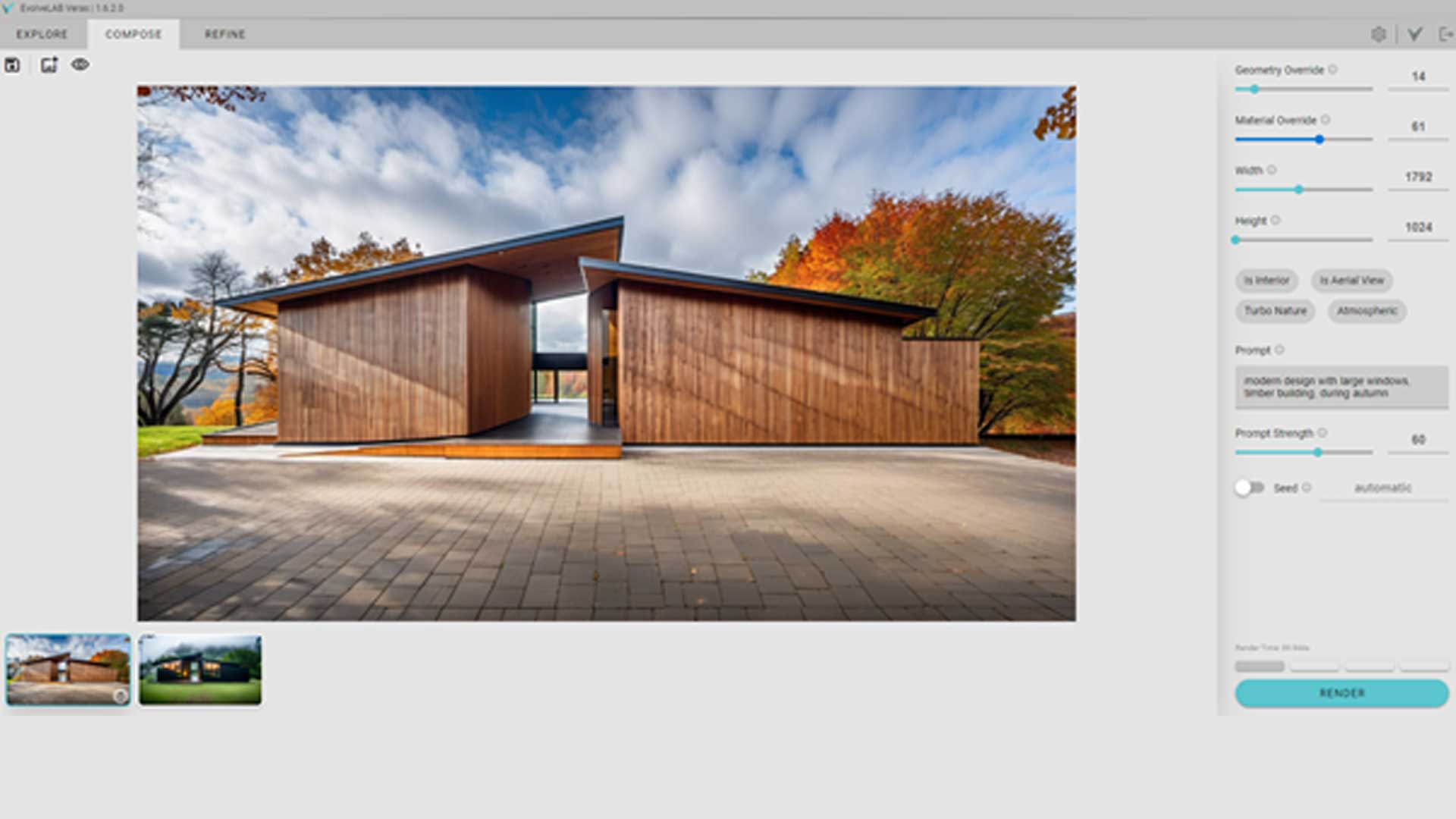
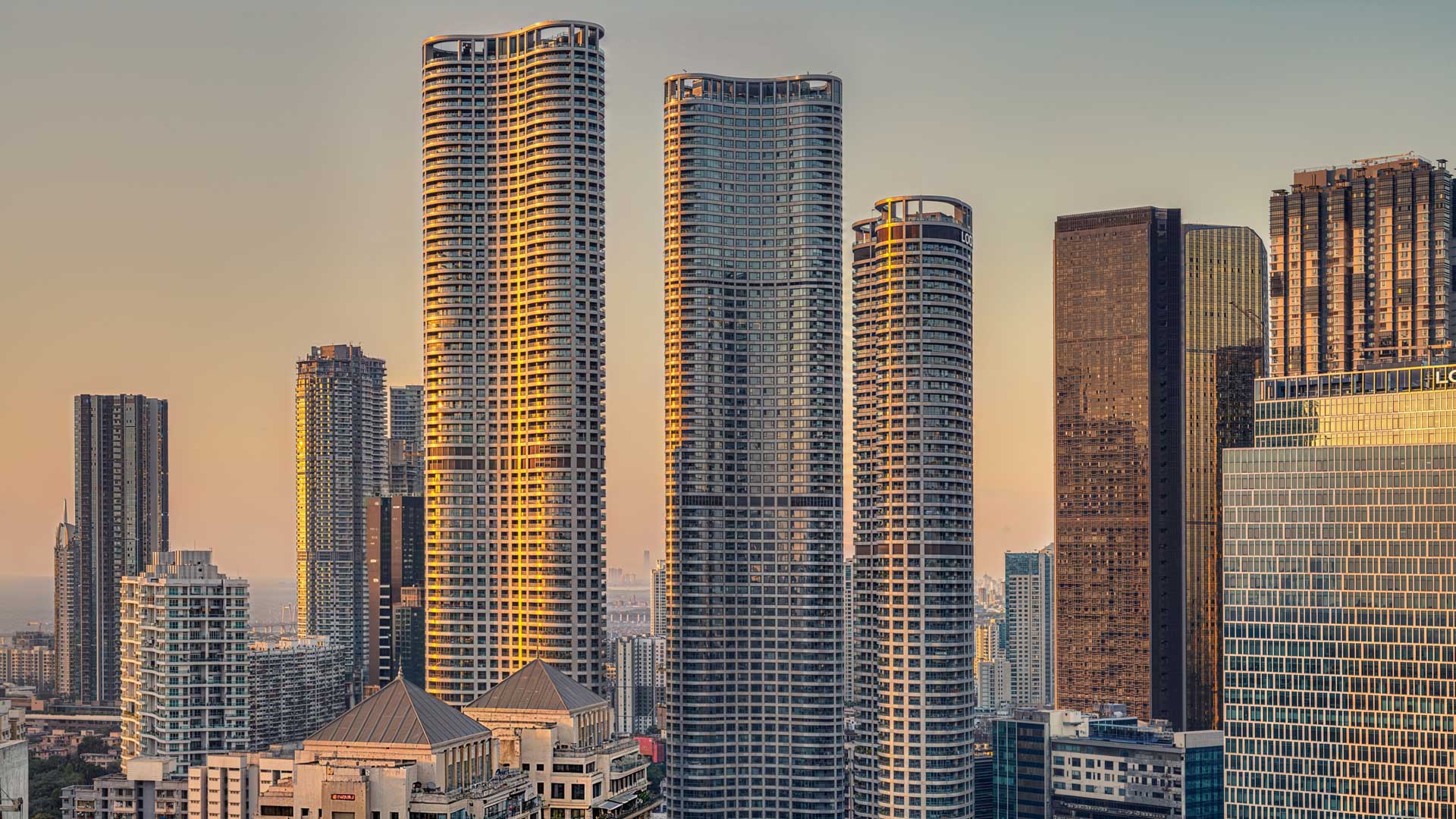
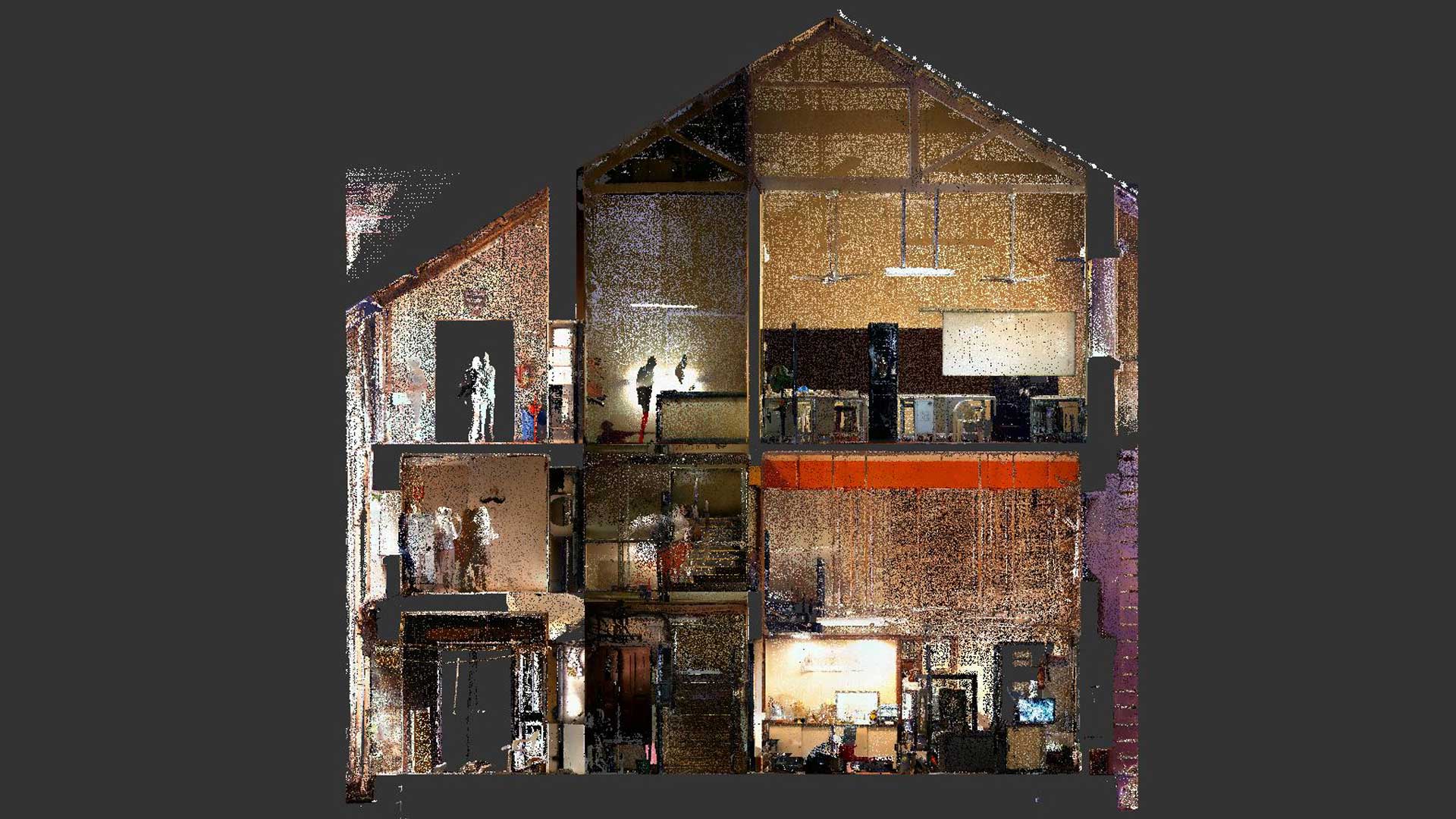
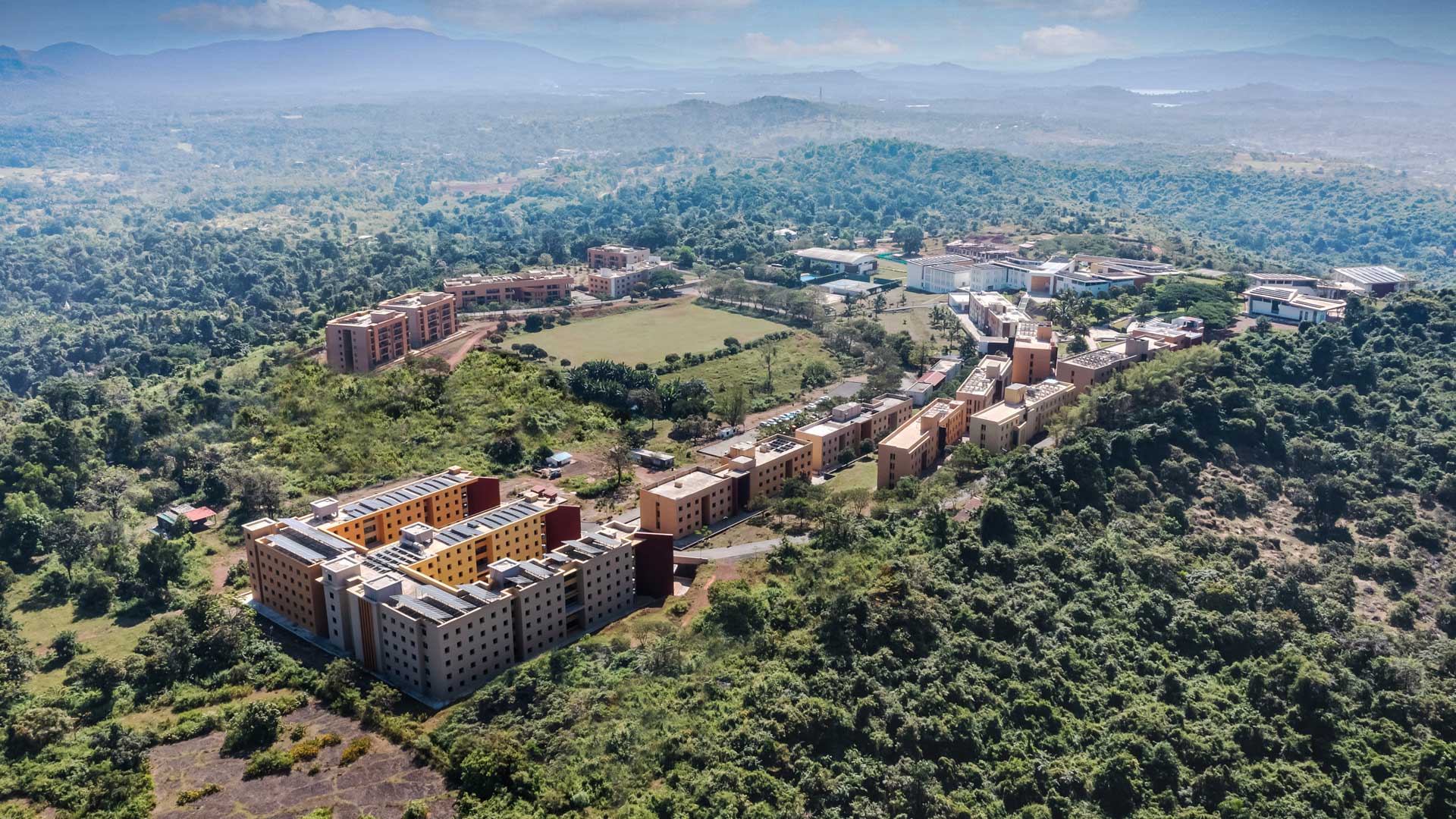
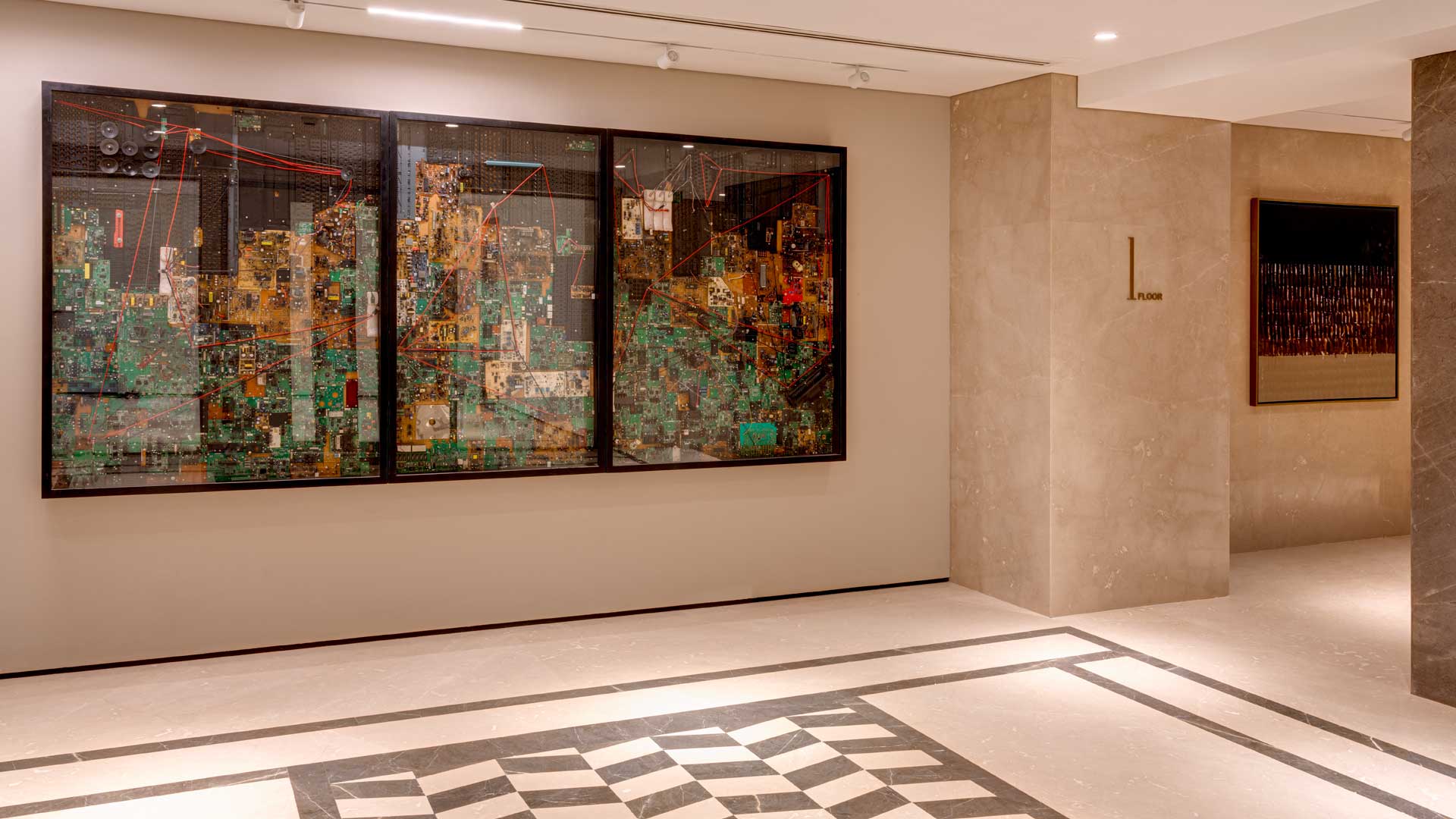
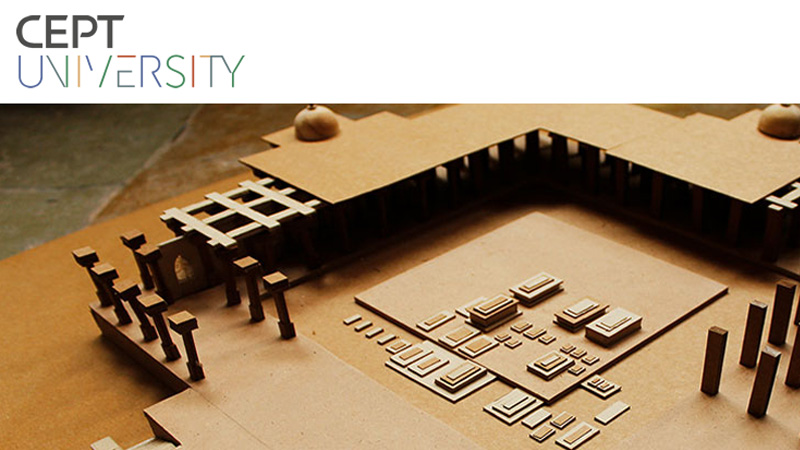
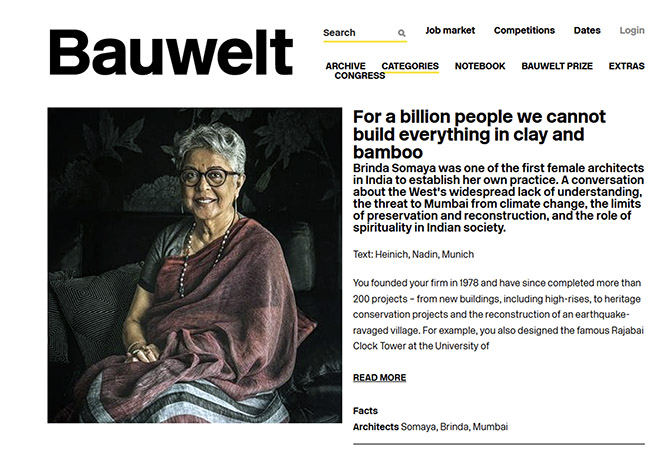



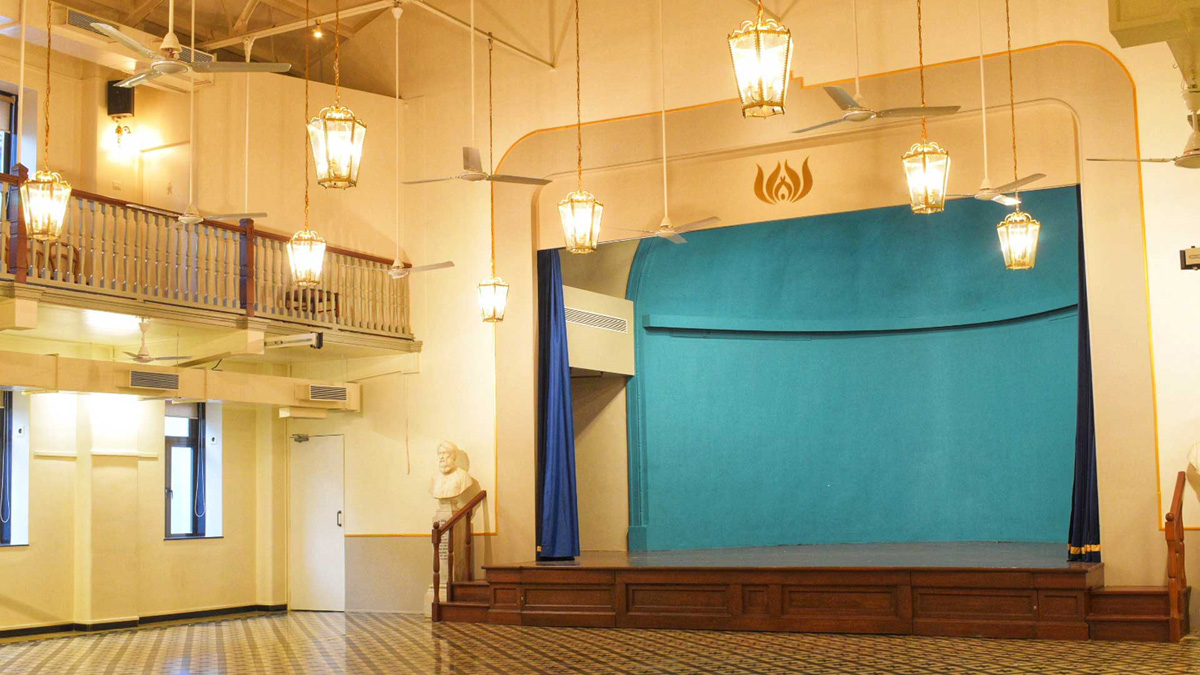
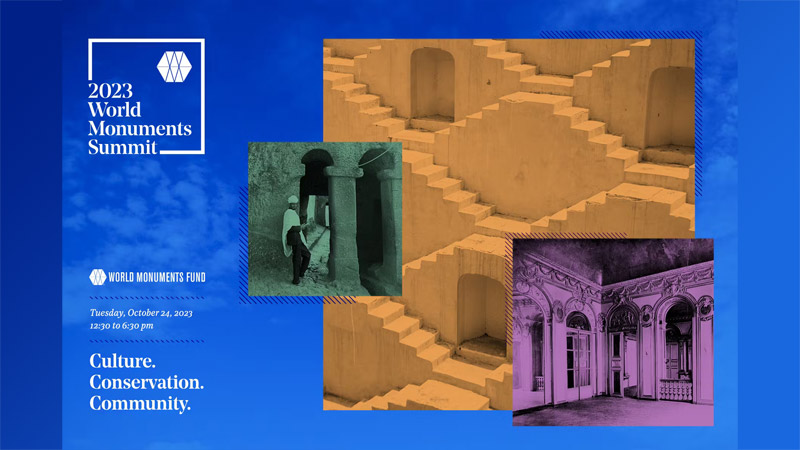
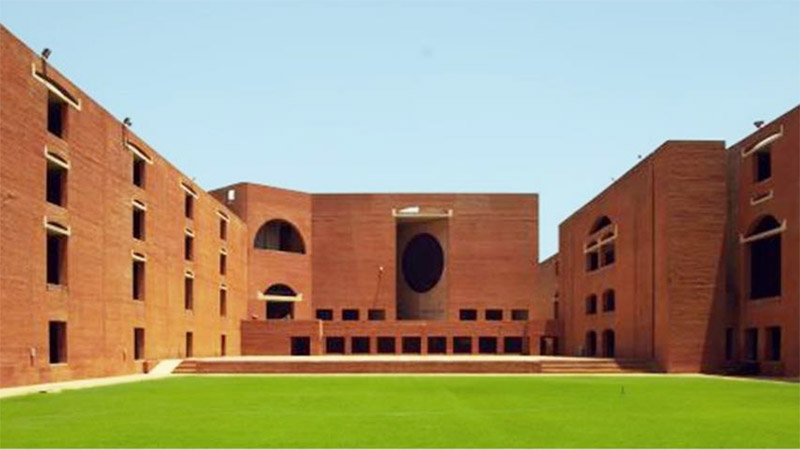
.jpg)
